Page 3 of 3
Layout:
MSI did quite a nice job. While the new Northbridge is a die-shrink, many vendors claim that the new chip is about 10°C hotter compared to the P35, and therefore vendors are inventing new cooling solutions.
MSI's cooler looks fabalous, but we think all such constructions are flawed. All heatpipes terminates on top of the MOSFET coolers, which means that the heat isn't really dissipated well. We would like to see something different, like what DFI has tried to implement, but never really managed to pull off that well.
The height of the heatsink also blocks some big CPU coolers such as the Scythe Zipang, which helps tp cool down the NB-cooler due to its construction. At least they did what we asked them to do: use screws to fix the cooler, because we feel push-pins are not suitable for such heavy monsters. There will also be a water cooled version that will solve these tall chipset heatsink problems.

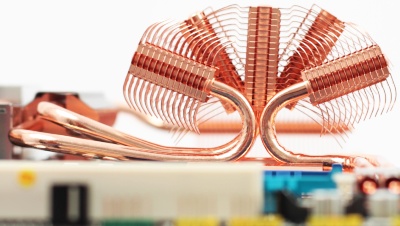
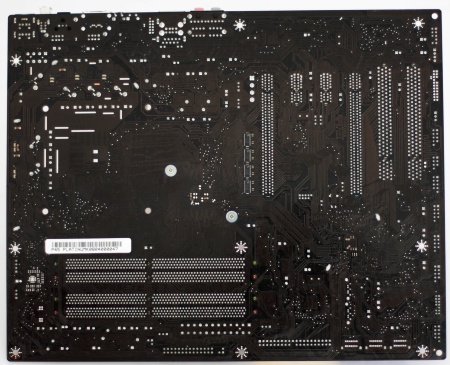
The VRM is an analog 5-phase design driven by an ISL6336A IC. Sadly, MSI didn't opt for a digital VRM solution. The BIOS still has overclocking issues so at this point, we can't tell you if DrMOS, which should reduce power, performs as intended.
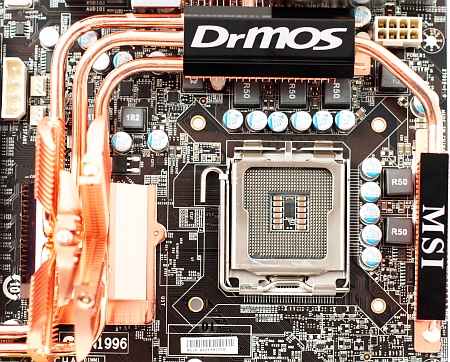
The memory slots are quite close to the primary PCIe x16 slot, so you need to fiddle with your modules when replacing or upgrading them with a large graphics card is installed, but it's still manageable. As usual, the 24-pin power and floppy connector is located beneath.
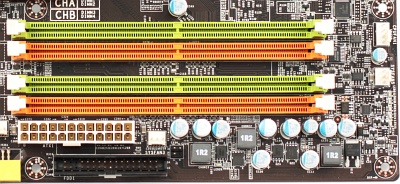
The PCIe and PCI slots follow MSI's standard layout. You may use both PCIe 2.0 x16 for CrossFire which will work at x8 speed. Because PCIe 2.0 is double the speed of PCIe 1.1, PCIe 2.0 x8 offers the same bandwidth as PCIe 1.1 x16.

Network connectivity is provided by a Realtek Gigabit 8111C PCIe chip. On the X48 we found an Intel solution, which is more expensive, but at the same time it performs better. We don't feel Realtek is the right choice for a high-end board.
MSI changed the Firewire chip from VIA to JMB, which is much much smaller. As usual, a Realtek ALC888 provides 7.1-channel audio. The JMB363 offers 2x SATA/eSATA, but MSI choose to only take advantage of one of the ports for eSATA usage.
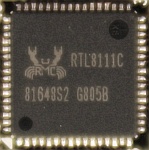
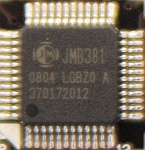
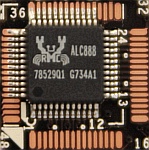
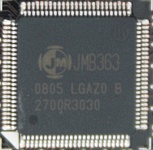
The SATA and PATA connectors are, as usual, at the bottom edge of the board. The six SATA connectors are angled at 90 degrees, so a second large graphics card can fit above them. This is the first time MSI utilizes all SATA ports from the chipset. Two extra ports from the JMB363 gives a total of 8-ports for you hard drives, except if you choose to use eSATA which will result in one port being deactivated.
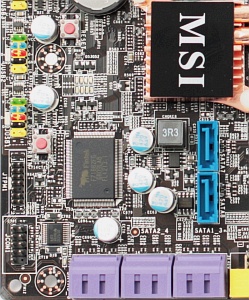
The only con we could find is that there's no diagnostics display, but there are tons of LEDs which can't be turned off in the BIOS. So if you are sensitive to the ultra bright LEDs, or like to use your computer during night time, make sure your case blocks out the light.
It will take some time before we are ready with more benchmarks and scores, as we are waiting for the final BIOS, but stay tuned for the full review.
« Prev Next
